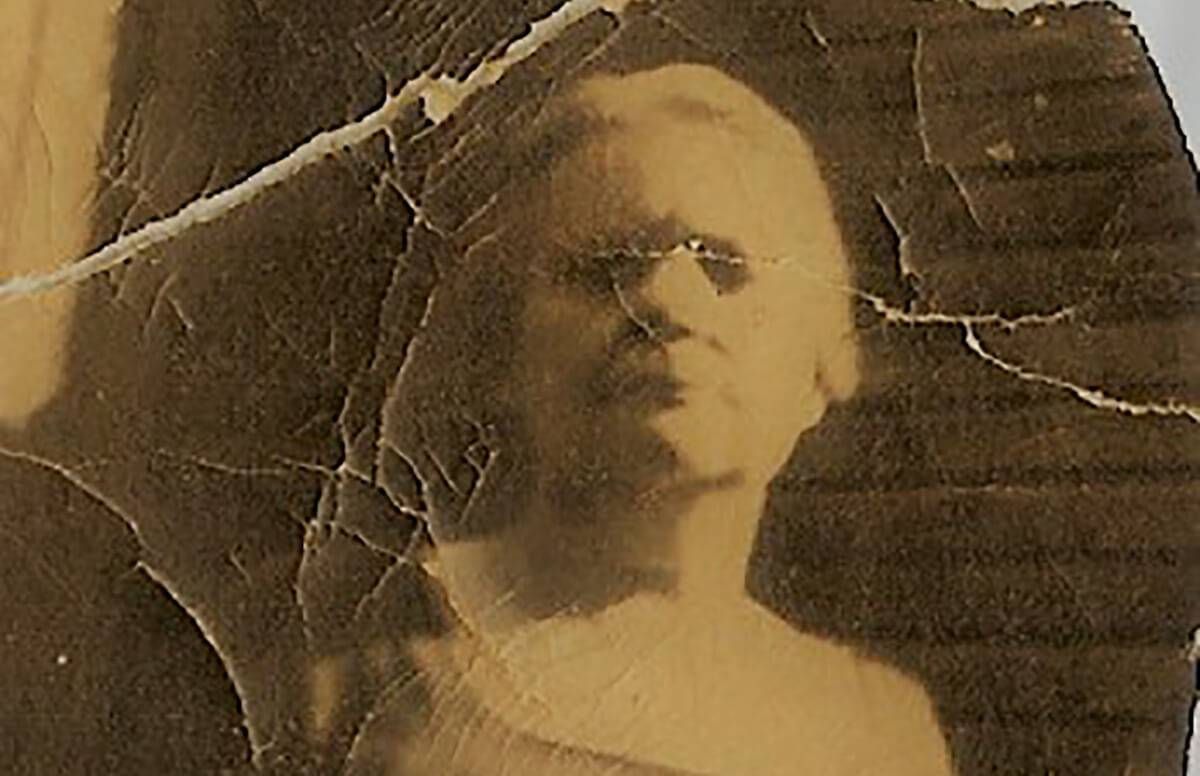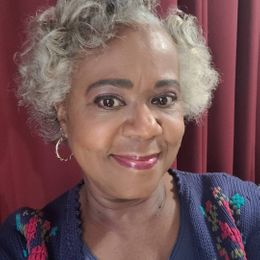Walking In My Great-Grandmother's Footsteps
Honoring the Irish and Jamaican immigrants in a diverse family tree
Looking at me would not make the average person think about Ireland. I am a black woman with a mocha brown complexion and large brown eyes. But like many Americans, my family tree is diverse. My maternal grandmother’s mom was an immigrant from County Limerick, Ireland. My father immigrated to the United States in 1947 with his family from Kingston, Jamaica. I have never felt like anything but an American citizen, but I am here because of immigrants on both sides of my family — those who came here willingly, as well as those brought here in chains from Nigeria, Togo/Benin, Ivory Coast and Ghana. A recent DNA test told me that 67 percent of my ancestors were African and 33 percent were European.

The Beginning of My Story
My grandmother’s family was the opposite of the slaveowner/slave scenario because her mother was white and her father was black. We celebrated St. Patrick’s Day with corned beef, cabbage and potatoes, but growing up, I didn’t tell my other black friends that I was actually part Irish. It didn’t feel cool to talk about white ancestors in the 1970s when my peers and I were just learning that “Black is Beautiful” and that whites were historically our oppressors.
Later I learned that appreciating my great-grandmother did not mean that I was betraying my African heritage.
Admittedly, I know much more about Jamaican culture than I know about Ireland, but I really wish I could have met Katherine Agnes Humphrey Seymour, the Irish woman who gave birth to my Nana and her six siblings. During my childhood, I would ask Nana for history about her interracial parents. Her father, John Ellington Seymour, was born in South Carolina, and became “free” at the age of 8 in 1865 when the Civil War ended. As a young man, he made his way to Saratoga Springs, N.Y., where he found employment as a brass worker and gaslight fitter in luxury hotels. He met my great-grandmother, who was a parlor maid. Nana said Katherine immigrated to America around 1880 before Ellis Island was built, entering at Castle Garden in lower Manhattan.

A Glimpse Into History
I’ve been a native New Yorker for 57 years, but I had never visited Castle Garden, now called Castle Clinton, until July 2017. I had a day when I decided to play tourist and spend some time exploring lower Manhattan. At Battery Park, I viewed the Hudson River and Statue of Liberty and then walked toward an oval, historic looking structure with red brick walls. I noticed a park ranger by a sign which read, “Castle Clinton” and asked him, “Would you happen to know where Castle Garden is?” The ranger smiled and said, “You’re here! The name was changed later on, but Castle Clinton is indeed Castle Garden.”
“Wow, thanks,” I said, as it sunk in that I had finally found the spot where my great-grandmother had first stepped on U.S. soil. I entered the building, which resembles a roofless fort. The park ranger directed me to a room which he said had an exhibit about the history of Castle Clinton.
As I entered the exhibition space, I could see that the former fort had been a world-renowned public events hall before becoming the first landing place for millions of immigrants to America from 1855 to 1890. According to a 1920 U.S. Census record, my great-grandmother entered the U.S. in 1882 when she was about 11.
The Family's Early Days
At Castle Garden, there were waiting rooms and long lines of immigrants being interviewed according to their language, nationality, former residence and U.S. destination.
Nana said Katherine made the journey in steerage from Ireland and was met at Castle Garden by her father, a widower who had come to the U.S. first. I thought how frightening and overwhelming it must have been for an 11-year-old girl to walk through Castle Garden alone after several weeks crossing the Atlantic.
My great-grandmother’s father died about five years after she came to America.
By 16, Katherine was working and raising herself. She married a black man and raised seven children, sometimes together, but often apart from her husband. Katherine worked as a laundress,and tried to stay economically stable until her death in 1930.
My Nana, Dolores, the baby of the Seymour clan, was born in 1909. When I was a kid and asked her what it was like for her family in Saratoga Springs, she said, “Well, when folks were being nice, they referred to us as the mulatto family that lived on High Rock Avenue, and when they weren’t being so nice they just called us the half-breed Seymours.” With a more serious tone, Nana added, “My older brothers and sisters made sure I understood that only Ma was white — we were Colored.”
Tracing Their Path
When describing how her parents became a couple, Nana would say, “My father was of course more experienced in the ways of the world than my mother. When they met, she was just a teenage girl and he was already a man.” Katherine and John were members of America’s service class, working for wealthy guests at Saratoga’s Grand Union Hotel. Perhaps their bond was that Irish immigrants and emancipated blacks alike were treated as second and third-class citizens at the turn of the 20 century.
My great-grandfather lived in several upstate New York towns including Saratoga Springs and Watervliet, often leaving the family and moving to find work where he could. Together, Katherine and John represented the issues of inequality based on race and immigration that are still hot buttons today in 2017.
I walked around Castle Garden on that July day, feeling excited to retrace Katherine’s footsteps, wondering what she would say if she could meet me, her black great-granddaughter. Though literate, she washed other people’s laundry to make ends meet and I have been fortunate enough to earn bachelor’s and master’s degrees and pursue a career combining journalism and teaching. And I am proud to celebrate the diversity of my family tree.


